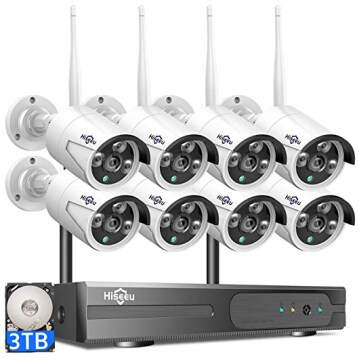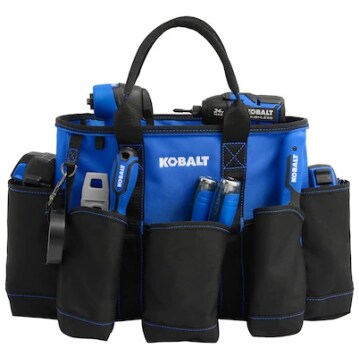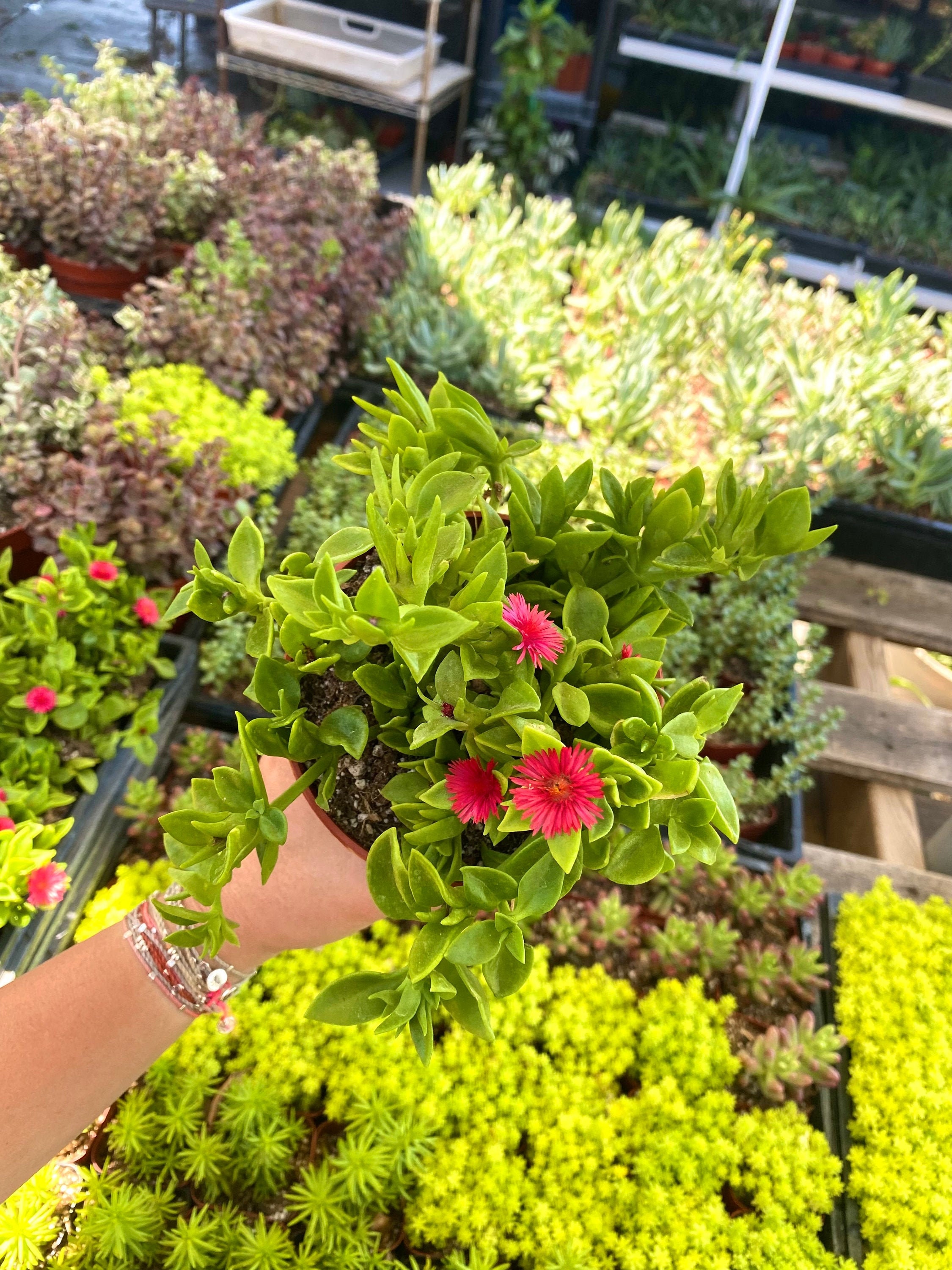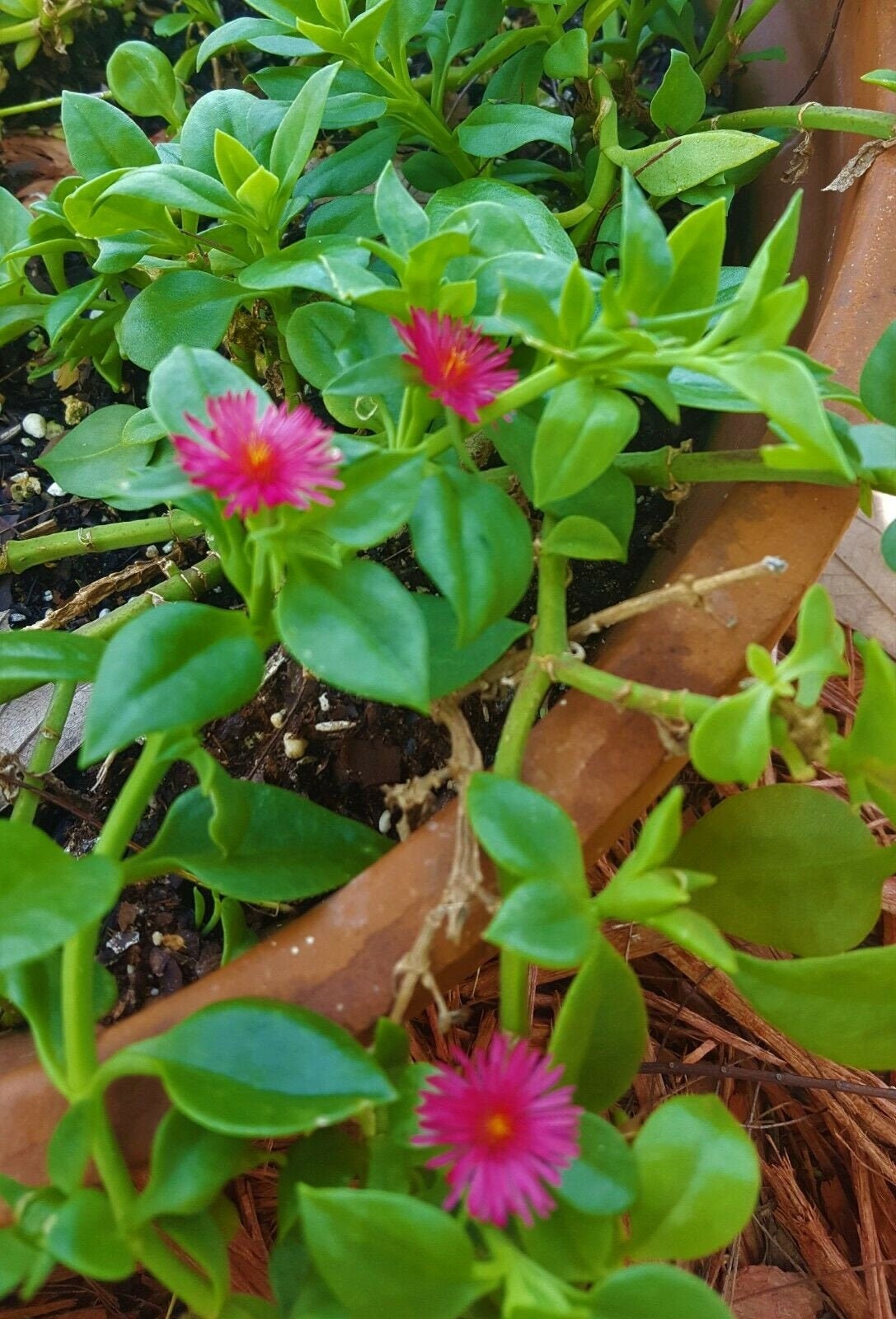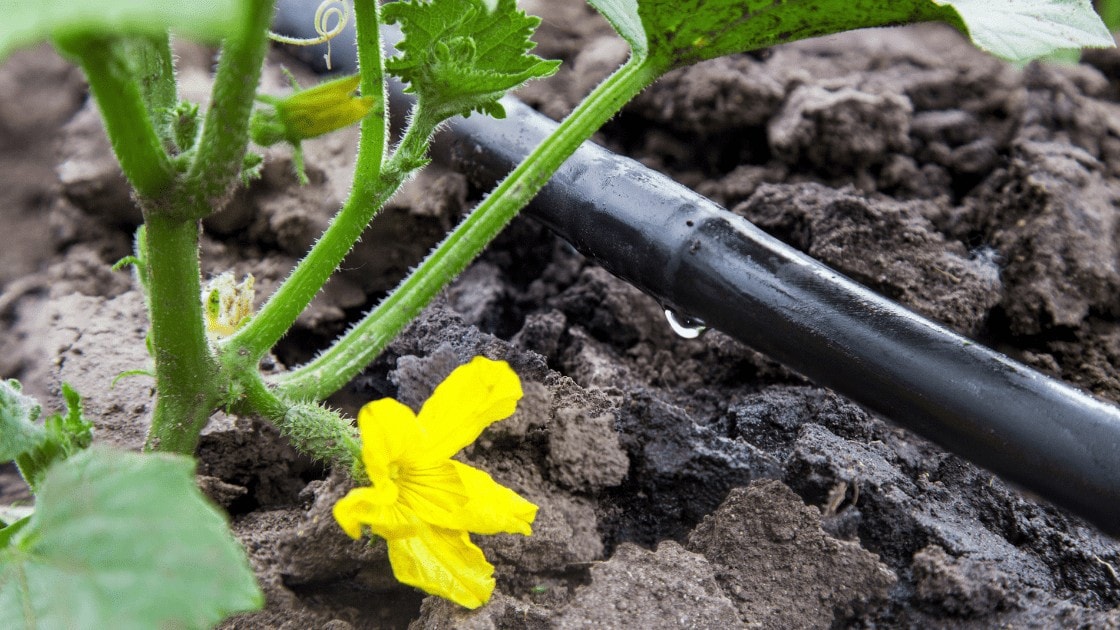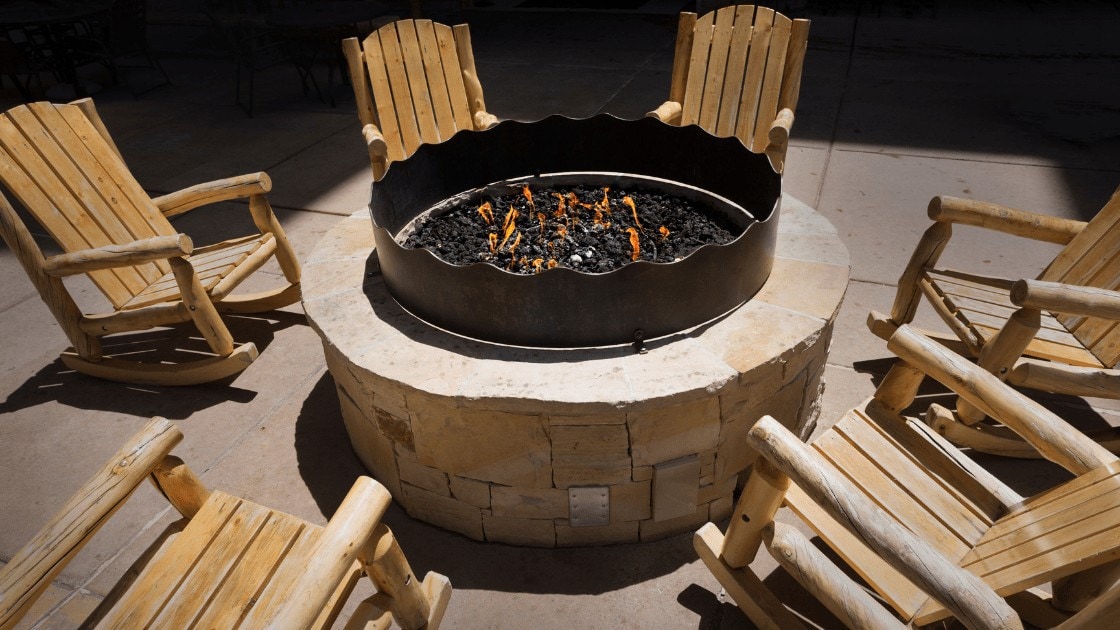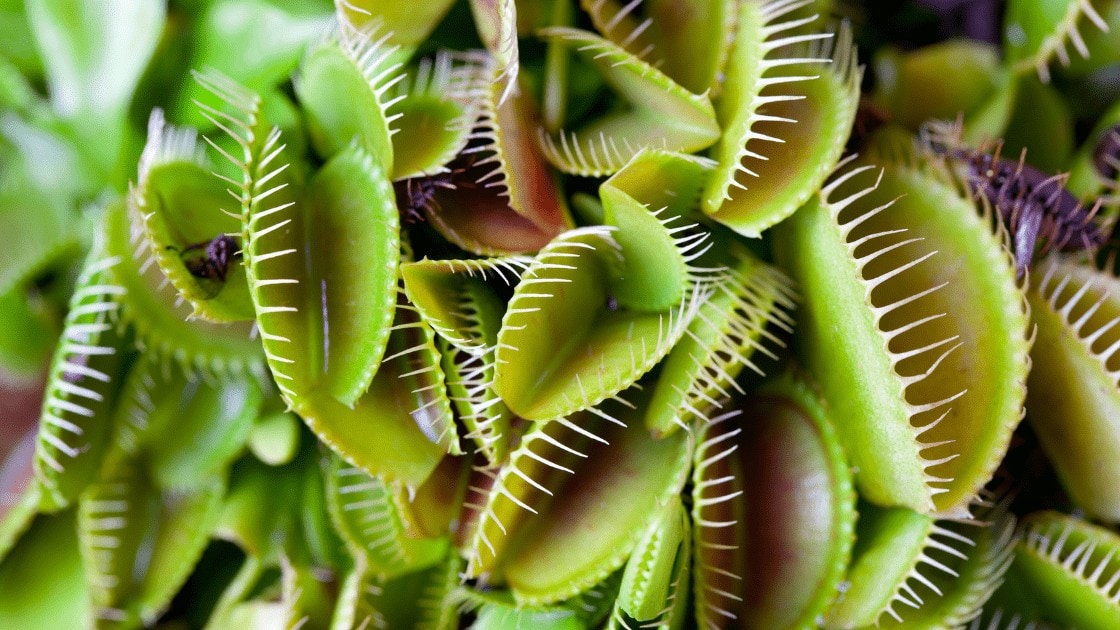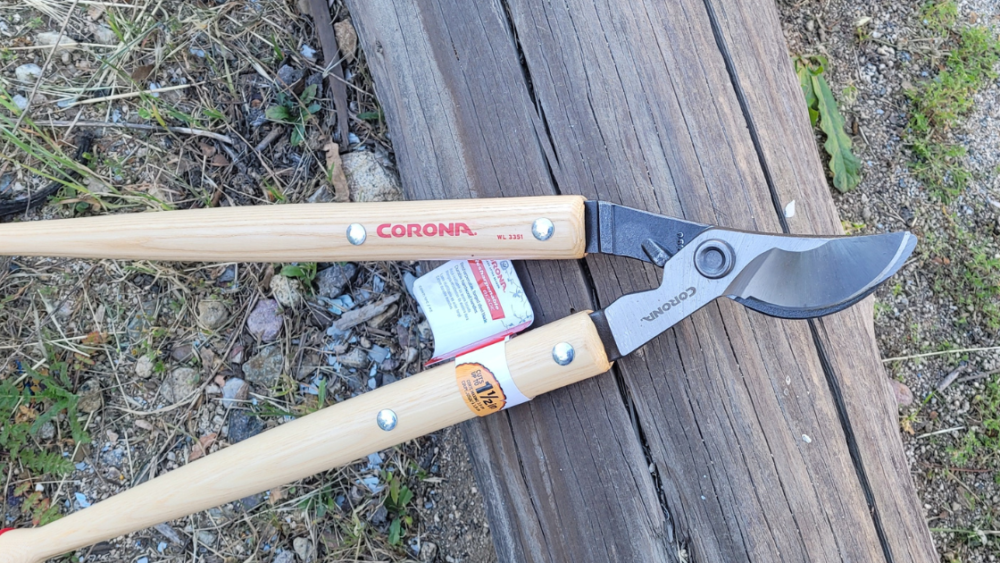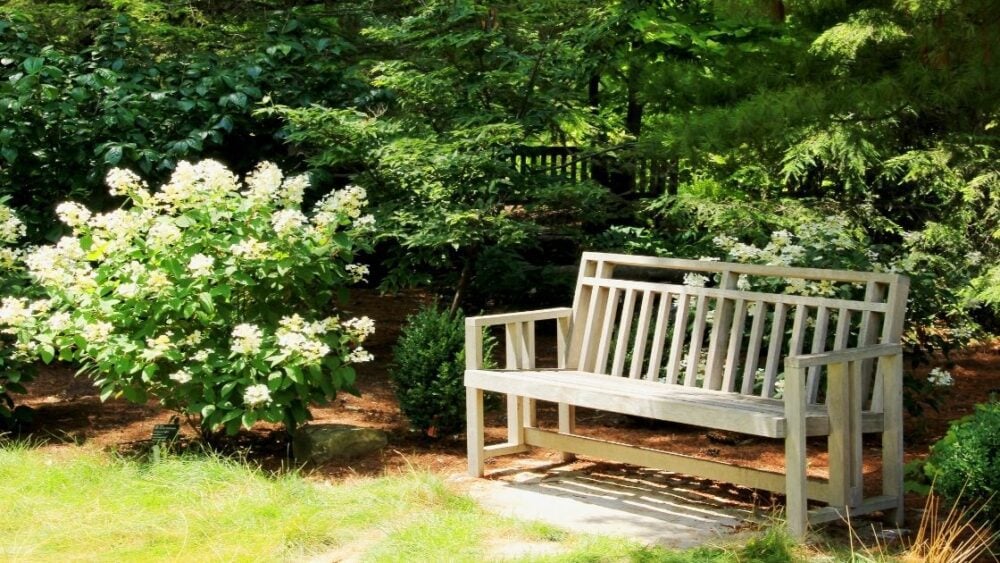
Aptenia cordifolia belongs to the iceplant family, is succulent, and forms a network of carpet on the floor when it is fully grown. The plant is beautiful, easy to grow and maintain. Unlike most succulent plants, Aptenia cordifolia is not heavy or hard to transport (aside from the plants forming a carpet on the floor). Like most succulent plants, Aptenia cordifolia does not require regular watering and survives almost everywhere. Many gardeners appreciate the longevity of this plant, as it is perennial (lives more than two years). You have a long time to enjoy the natural moments with the plant if you cultivate it now.
The plant leaves are fleshy, small, and ovate to cordate (that is, the leaves may be simple or compound. The leaves’ edges may be irregular or regular, bristles or spines, and smooth or bearing hair). Due to the carpet growing nature, they mostly grow in groups, although they do not usually grow beyond 2.5 centimeters (0.98 in). The plant stems are green and stalk-round. Other features include the pink to purplish flowers: the flowers are stylish and funny to behold: they open during the day and close at night. Apparently, the flowers are sensitive to temperature, so they close when it is cold and open when it is warm or at normal room temperature.
The plant is the best choice for succulent groundcover or when you need a plant that can cover the ground to prevent erosion. The plant does a perfect job in preventing erosion if you plant rock gardens (or other choices) alongside the plants. Aptenia cordifolia makes it to gardener’s hearts because it has a low pest or disease problems. If at all you need to spend money on your Aptenia cordifolia, it is likely you won’t have to spend much on pest and disease control. Although the plant is not poisonous, it can irritate kids and pets if they come in contact with the sap. Aptenia cordifolia is generally beautiful with excellent features to the garden; you’d love your plant more if you could prevent any action that may cause direct contact with the sap.
Browse our Affiliate Products
Reasons why an Aptenia Cordifolia does not Bloom

Aptenia cordifolia loves full sun or slightly shaded sun and not a complete shade. The plant blooms when it is summer or in full sun. Unlike most garden plants, Aptenia cordifolia does not need regular light reduction because it is a succulent plant. The ability to retain a large amount of water in the stem and leaves enables the plant to thrive better in high sunlight. Apparently, the plant can survive if placed outdoor. One of the common reasons plants fail to thrive outdoors is the failure to control the sun’s effects efficiently.
Symptoms of Aptenia Cordifolia not Blooming:
Aptenia cordifolia will not bloom in a dark room. It needs constant sunlight, even a shining light. The plant leaves are green, and the stems are green and stalk-round: Aptenia cordifolia contains a large percentage of chlorophyll. ChlorophyII simply absorbs light, and more of it(chlorophyll) requires more light for better metabolism in the plant system. If enough light is not absorbed per day, there will always be complications in the end.
For better blooming, the plant should be placed in direct light daily; more so, the plant flowers open in the day and during sunlight and closes at night and in the dark. Although how the flowers close and open may not directly impact the plant’s growth and development; however, it is necessary to keep the plant in this state as it may affect the plant’s blooming.
Ensure you provide a well-drained environment for the succulent plant, or it won’t make it. Aside from sun and light control, it would help if you controlled the plant watering. Aptenia cordifolia does not require regular watering because it is a succulent plant (it retains a large percentage of water) and thus requires the best drainage system. If you cultivate your plants without keeping all of these in mind, you might endanger the growth and development of the plant, and the plant will not bloom as necessary.
For more information on ice plants, check out this article: Can You Grow Ice Plants In Containers? Delosperma Growing Guide
Also check out our affiliate category of succulents here: OGA Succulent Category
How to get Aptenia cordifolia to bloom?
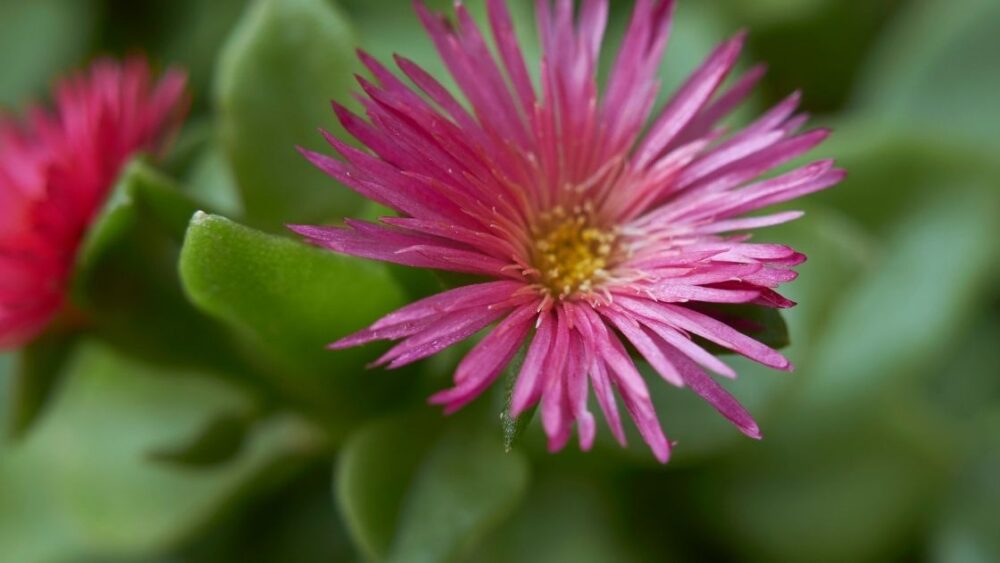
The best way to get your Aptenia cordifolia to bloom is to observe the essential plant needs: sun, water, and nutrients. Ensure you expose and apply these basic plant requirements in the right proportion. How you apply the nutrients, and basic needs determine how your plants bloom. For example, the plant needs a drainage system, and the number of times you water determines if the plant will survive. The way you water a succulent plant is not the same as a plant that needs more watering per day/week.
Aptenia cordifolia survives in dry land – do not overwater, prevent waterlogging, and ensure the soil dries before applying water. Aptenia cordifolia requires direct sunlight – do not place the plant in a dark or shaded room for long.
Aptenia Cordifolia General Information and Care
- Common Names: The baby sun rose, heartleaf iceplant, ice plant, red aptenia, dew plant, rock rose
- Scientific name: Aptenia cordifolia
- Growth cycle: Perennial
- Sun: Full sun to partial shade
- Watering: Allow the soil to dry out between watering.
- Adult size: Grows up to 6 in. tall (15 cm) and spreads vigorously to 2 ft. (60 cm)
- Planting zones: 10 – 11
- Weather hardiness: Winter hardy in USDA hardiness zones 9 through 10
- Propagation: Leaf cutting
- Toxicity: Sap toxic to kids and pets
- Dormancy: year-round
- Soil: Well-draining soil
- Bloom: Early spring until summer
- Fertilization: Two times annually, once in the early springtime and again late in the summertime
Note: For Feralization, check out our affiliate popular succulent fertilizer by click here: Leaves and Soul Succulent Fertilizer Pellets |13-11-11 Slow Release Pellets for All Cactus and Succulents | Multi-Purpose Blend & Gardening
Conclusion
Aptenia cordifolia requires less from you as a gardener. The plant is easy to cultivate, environmentally friendly (although the sap causes irritation), and does not attract pests. You should not spend more on maintaining the plant if you decide to add it to your garden. It can likewise stay indoor or outdoor; the main idea is to focus on the lighting and watering. If you correctly apply all the info listed here, your plant should do better than you expected.

